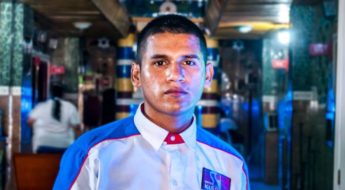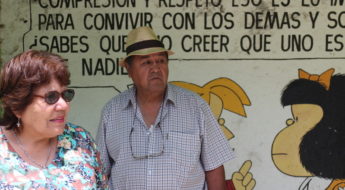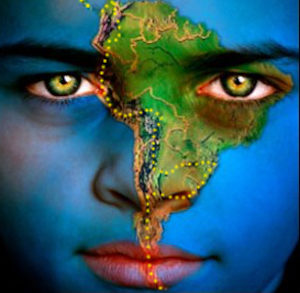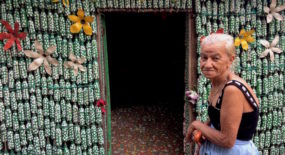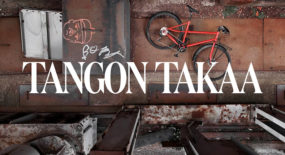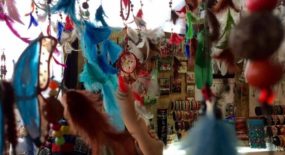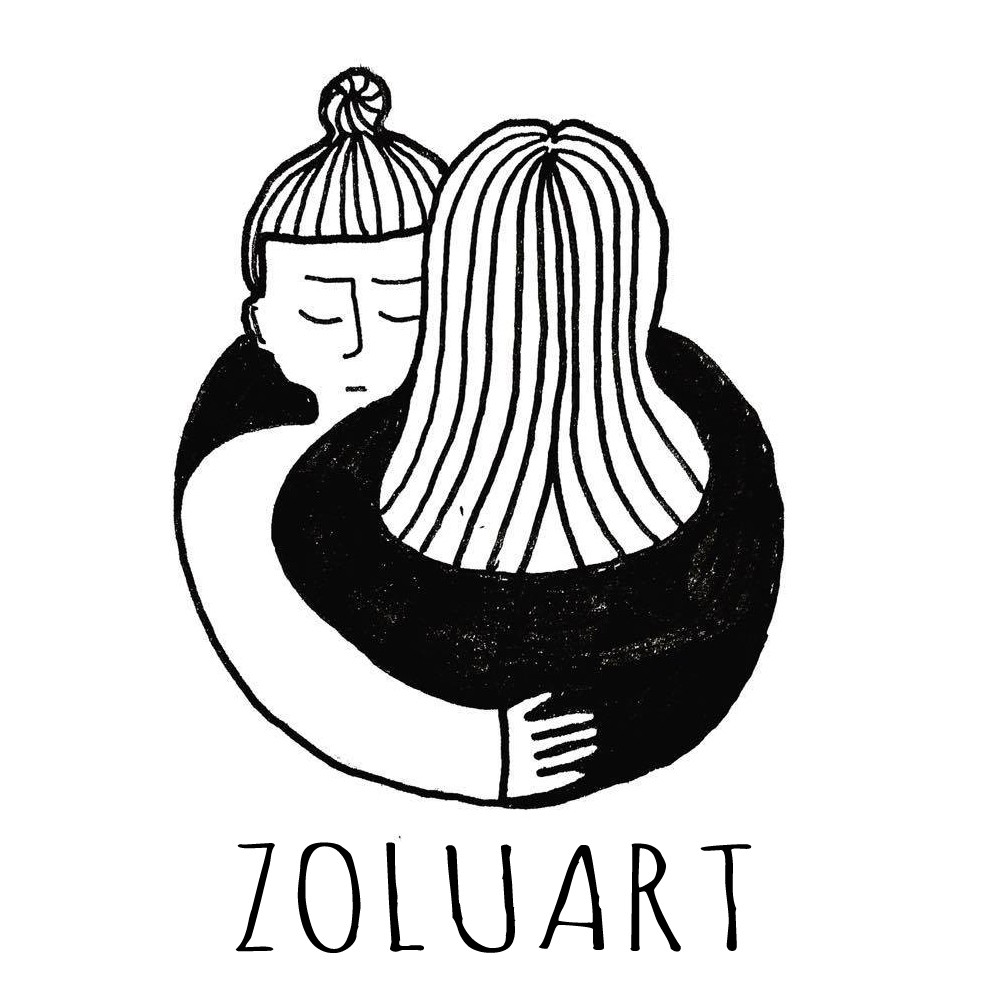THE CARNIVAL OF TILCARA WITH JESUS
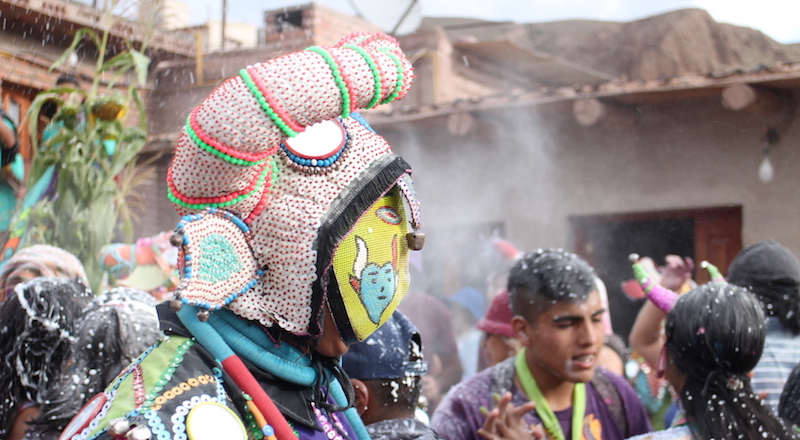
Carnival is a well-known tradition in most Catholic countries. It’s the celebration that takes place right before Lent, 40 days before Easter. Its name comes from the Latin carnem levare, which loosely translated into “to put away meat”, as theoretically Catholics aren’t supposed to eat meat during Lent (this might come in handy for me as a vegetarian). In my role as a socio-cultural scientist, I went to perhaps the most traditional Argentinian Carnival — the Carnival of Tilcara, Jujuy. Very appropriately, I was accompanied by a man named Jesús.
Tilcara
Tilcara is a small village in Jujuy, the Northernmost province of Argentina. It’s surrounded by mountains and is part of the Quebrada de Humahuaca (Ravine of Humahuaca). Traces of human habitation in the area date back to 10,000 years ago, which makes Tilcara one of the most ancient settlements in Argentina. Due to its status as a UNESCO cultural heritage site, the village is nowadays a popular tourist attraction. However, somehow Tilcara still manages to maintain its charm as a beautiful and authentic town of 5,500 inhabitants, lost between the mountains, in the altitude of 2,500 meters above sea level.
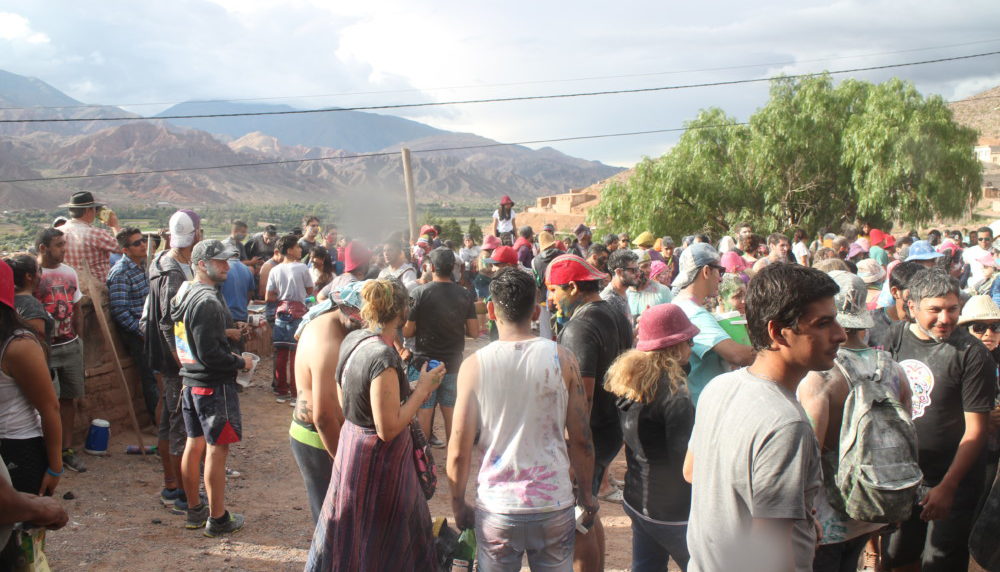
The Carnival of Tilcara
The Carnival of Tilcara (El Carnaval de Tilcara or Carnaval Tilcareño) is one of the most traditional Carnivals in whole South America. It has often been compared to the Carnival of Rio de Janeiro in Brazil, to the Carnival of Oruro in Bolivia and to the Carnival of Venice, Italy. Not because of being anywhere near the the glittery samba parades of Rio or the elegant masquerades of Venice, but because of its importance as a traditional cultural celebration.
As in nearly all Catholic countries, also in Tilcara Carnival is celebrated right before Lent. As has happened with nearly all Christian traditions around the world, also Carnival has during time been mixed together with indigenous pagan traditions. In fact, the Carnival is nowadays celebrated quite differently all over Latin America, than what the Catholic Spaniards, who brought the tradition to the continent, probably predicted. What you can see at present, is a syncretist fusion of indigenous pagan, Christian and creole traditions (a phenomenon which can be compared with e.g. Joulu and Juhannus in Finland). As the Ravine of Humahuaca is situated on the way to Peru and Bolivia, many of the Carnival traditions come also from the neighboring countries.
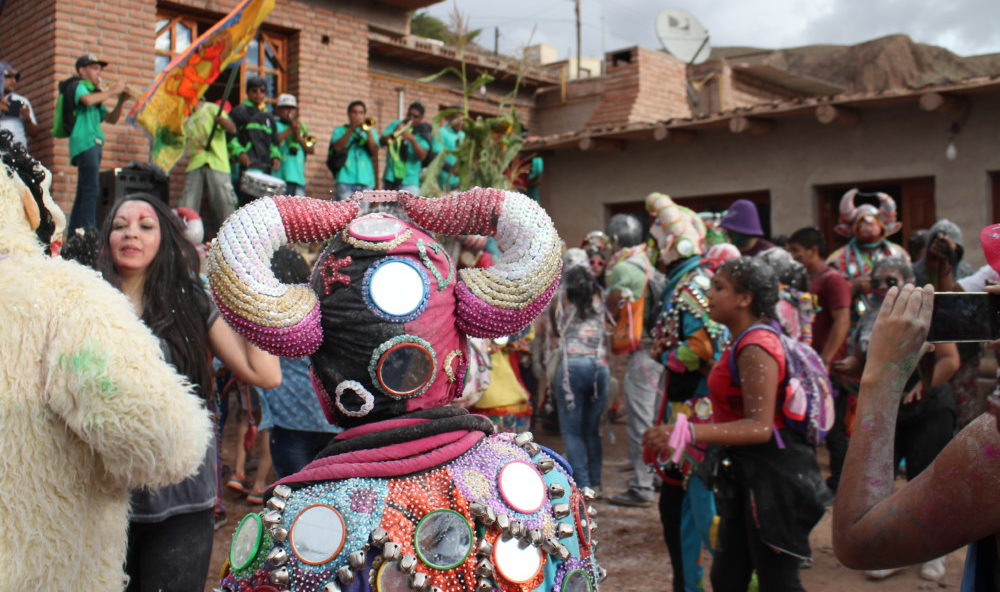
Beginning — The disinterment of the devil
Officially the festivities last for ten days, but in addition to these, there is a pre-carnaval, which means that the party usually lasts for over a month. Even so, the most important time of the festivities are the ten days between the disinterment of the devil (desentierro del diablo) and the burial of the devil (entierro del diablo).
The disinterment of the devil (Coludo or Pujllay) is a ritual celebration dedicated for soil and Mother Earth (Pachamama). When the devil, which was buried at the end of the previous Carnaval, is set loose, the festivities may begin. The oppressed wishes and fantasies are set free, and the people of the village are free to drink and party as much as they like. It is said that during time the church has been forced to accept these pagan habits as a part of the Christian tradition.
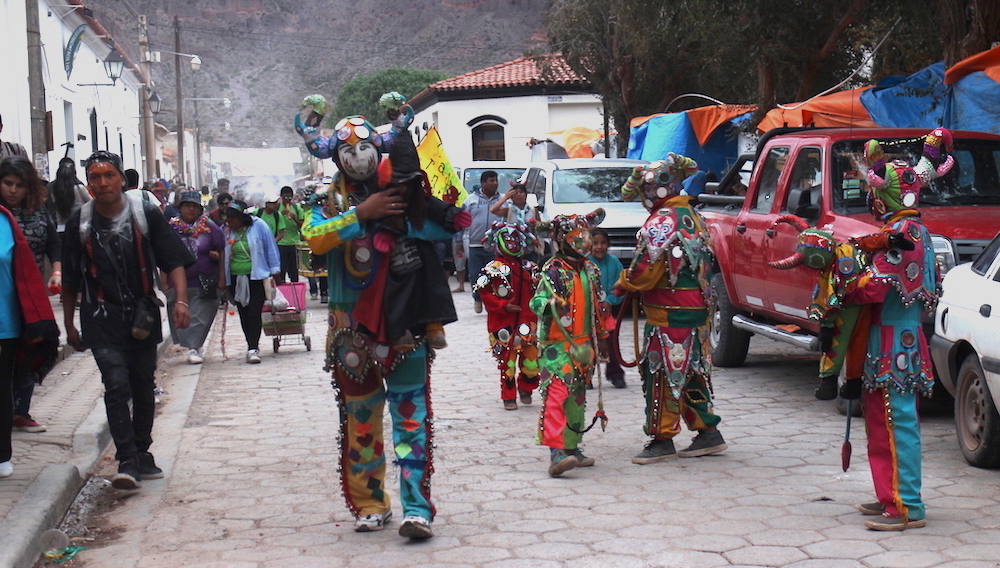
Festivities — The comparsas
After the disinterment, all the devils of Tilcara run and dance down the hill into the village. The devils wear horns on their heads and masks on their faces, and they are dressed in beautiful, colorful costumes, filled with mirrors. The belief is that the real devil merges within the villagers, and no one knows which one of the devils it is. The devils also represent the idea that there is a devilish side to all people.
During Carnival, there is music and dance all over the streets of Tilcara. People paint each others’ faces, throw perfumed baby powder on random passerby and spray each other with white foam (nieve, Spanish for snow). Some people also adorn themselves with basil twigs, as basil is believed to be an aphrodisiac. Some also use basil in order to indicate them being single.
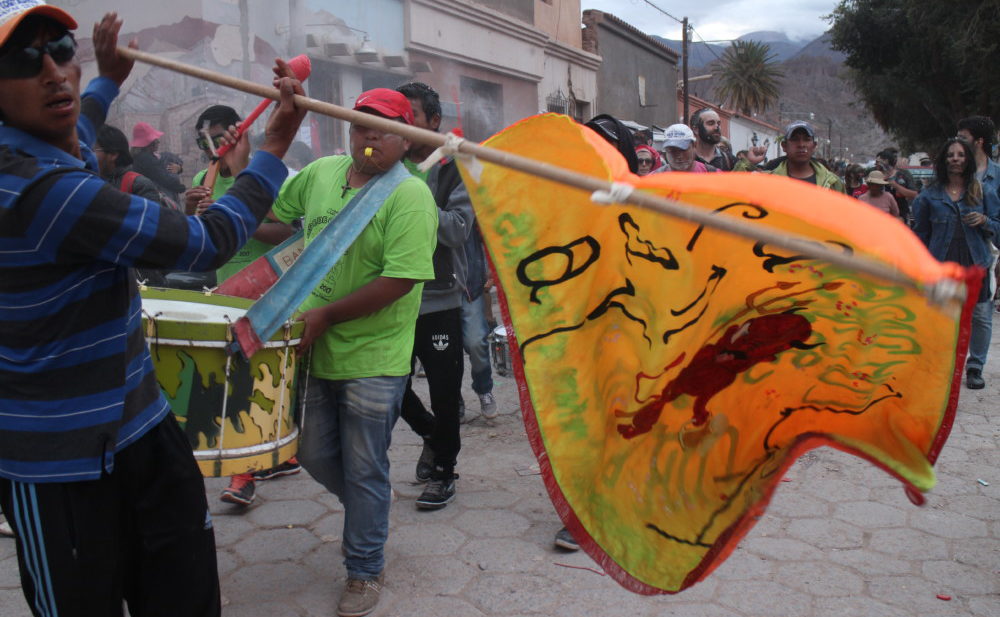
Although there are parties everywhere, the festivities follow a predetermined formula: the villagers form so-called comparsas (troups) which can be identified and separated from each other by flags and signs. The comparsas consist of various brass instruments and devils. As they move around the village, they are invited into local houses for drinks. As tradition has it, the comparsas have to stay inside each house until there is no more alcohol left.
The musicians of the comparsas play traditional rhythms as the devils dance with the rest of the people. The music and dance continues day and night, first on the streets and at nightfall in inside establishments. What’s beautiful about the Carnival of Tilcara is that everyone is free to join the processions. They are not just something to look at, as they are in many other countries.
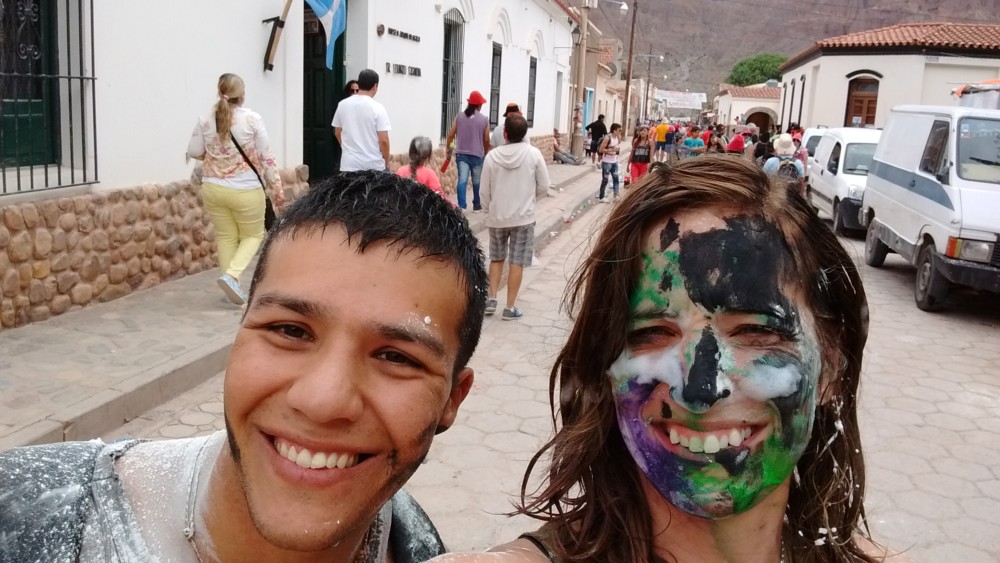
End — The burial of the devil
The festivities end with the burial of the devil on the last Sunday before Lent. Also this ritual is accompanied by traditional music, dances and cries. Yet, only a few chosen people from the village carry out the actual burial, because the place where the devil is buried is to remain a secret within most people. It is said that if you come to the Carnival for the disinterment of the devil, you must also stay for the burial of the devil. Otherwise, he may haunt you and bring you bad luck throughout the whole year.
Me and Jesus stayed in Tilcara only for one day. For some reason, I had thought the Carnival is a week later, so I arrived at the very last moment to see the main festivities. Yet, as this was something I had looked forward to for a long time, I enjoyed it to the fullest, even if just for one day. We danced at the comparsas, climbed up to a mountain with one of them, drank Vino Toro and got our faces painted with all colors of the rainbow. Most importantly, I felt the hypnotizing spirit of a traditional festivity in the middle of magical landscapes.
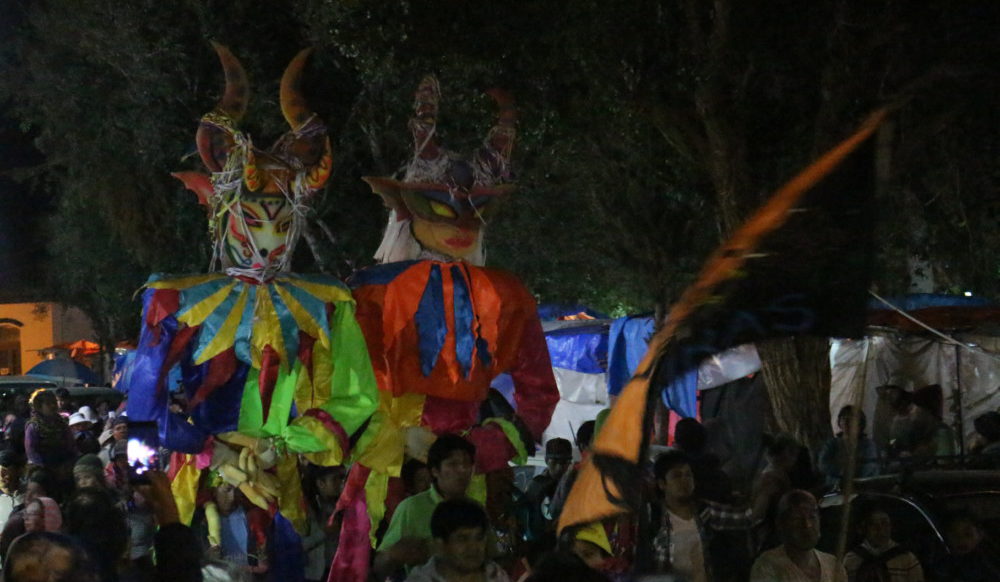
A note to solo female travelers!
During Carnival, anything is allowed, especially for the devils. Supposedly no one knows who is behind the masks, and therefore no one carries consequences for what they do during the festivities. As alcohol is a very central part of the Carnival, nearly all devils and other people end up not just a bit tipsy, but downright drunk. Therefore, make sure not to get lost at a dark alley with a devil, who is not only allowed to do whatever he wants, but is likely much more drunk than a Finnish Ice Hockey maniac after a successful game against Sweden.
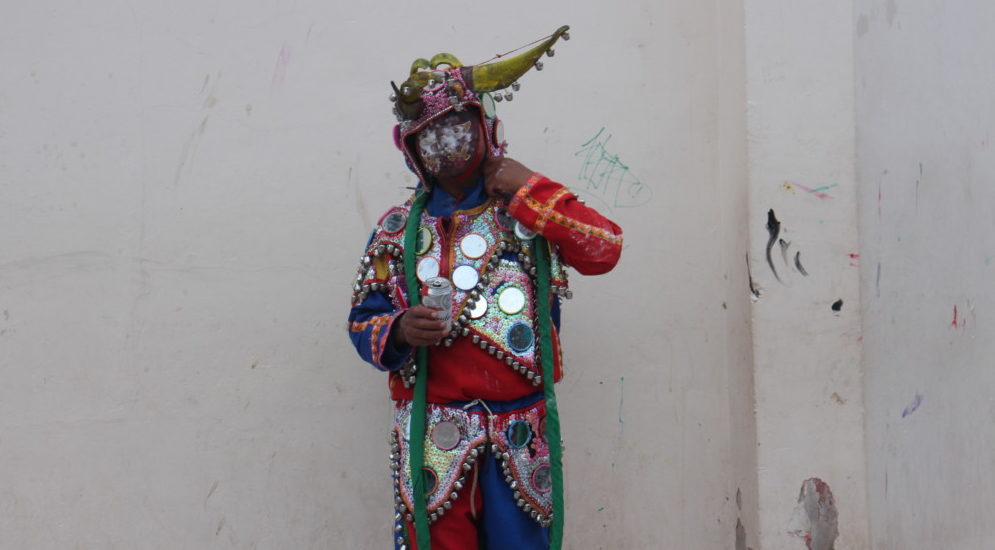
How I met Jesús?
Jesus is a fellow long-distance cyclist, who I’ve come in contact through a large Spanish language WhatsApp group we have with over 150 people long-distance cyclists in Latin America. During my stay with the Family Gonzalez in San Miguel de Tucumán, I was actually staying only a few blocks away from his home. However, due to me being down with fever, we never managed to meet before I suddenly left Tucumán. Now, we finally met up in San Salvador de Jujuy, and not only that, spent a great day together in Tilcara! (Thank you, Jesús!) And here’s him dancing a traditional dance from the area.


